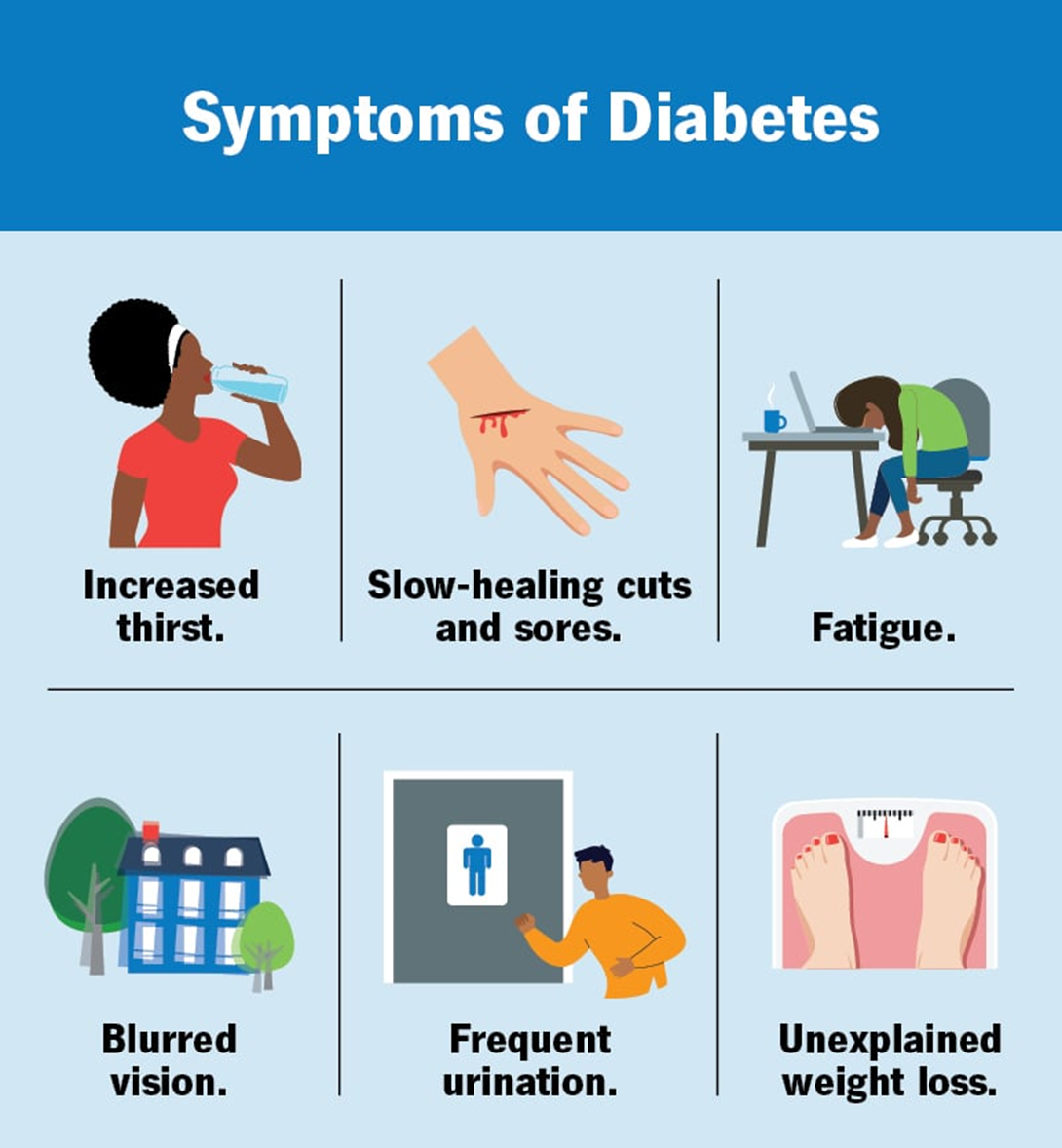A client who is newly diagnosed with type 2 diabetes mellitus (DM) receives a prescription for metformin 500 mg PO twice daily. Which statement(s) should the nurse include in this client’s teaching plan? (Select all that apply.)
Take metformin with the morning and evening meal.
Use sliding scale insulin for frequent blood glucose elevations.
Recognize signs and symptoms of hypoglycemia.
Report persistent polyuria to the health care provider.
Take an additional dose for signs of hyperglycemia.
Correct Answer : A,C,D
Choice A reason: Taking metformin with the morning and evening meal is a correct statement for the nurse to include, as this can improve the absorption and effectiveness of metformin and reduce the risk of gastrointestinal side effects. Therefore, this is a correct choice.
Choice B reason: Using sliding scale insulin for frequent blood glucose elevations is not a correct statement for the nurse to include, as this is not recommended for clients with type 2 DM who are taking metformin. This can cause hypoglycemia and complicate the management of blood glucose levels. This is an incorrect choice.
Choice C reason: Recognizing signs and symptoms of hypoglycemia is a correct statement for the nurse to include, as this can help the client identify and treat low blood glucose levels, which can occur with metformin use or other factors such as exercise, fasting, or alcohol intake. Therefore, this is another correct choice.
Choice D reason: Reporting persistent polyuria to the health care provider is a correct statement for the nurse to include, as this can indicate poor glycemic control or a complication of DM such as diabetic ketoacidosis or nephropathy. Therefore, this is another correct choice.
Choice E reason: Taking an additional dose for signs of hyperglycemia is not a correct statement for the nurse to include, as this can cause overdose or toxicity of metformin, which can lead to lactic acidosis and renal failure. This is another incorrect choice.

Nursing Test Bank
Naxlex Comprehensive Predictor Exams
Related Questions
Correct Answer is A
Explanation
Choice A reason: a quiet, non-stimulating environment can help reduce the agitation, confusion, and hallucinations that are common in alcohol withdrawal delirium. The nurse should also provide reassurance, orientation, and safety measures to the client.
Choice B reason: forcing oral fluids and providing frequent small meals are not the most important interventions for a client with alcohol withdrawal delirium. The client may have difficulty swallowing, nausea, vomiting, or diarrhea that can interfere with oral intake. The nurse should monitor the client's hydration and nutrition status and provide intravenous fluids or supplements as needed.
Choice C reason: confronting the client's denial of substance abuse is not the most important intervention for a client with alcohol withdrawal delirium. The client may not be able to comprehend or accept the reality of their situation due to their altered mental state. The nurse should avoid arguing or challenging the client and focus on providing supportive care.
Choice D reason: encouraging attendance and group participation are not the most important interventions for a client with alcohol withdrawal delirium. The client may not be able to participate in group activities due to their severe withdrawal symptoms and may need individualized care. The nurse should facilitate referrals to appropriate resources for substance abuse treatment when the client is stable and ready.
Correct Answer is C
Explanation
Choice C reason: repositioning the infant every 2 hours can help expose different parts of the skin to the phototherapy light and increase the effectiveness of the treatment. The nurse should also check the skin for signs of irritation or burns.
Choice A reason: feeding the infant every 4 hours is not specific to home phototherapy. The infant may need more frequent feedings depending on their hunger cues and weight gain.
Choice B reason: performing diaper changes under the light is not necessary and may expose the infant's genitals to excessive light and heat. The nurse should advise the parents to cover the infant's eyes and genitals with protective shields during phototherapy.
Choice D reason: covering the infant with a receiving blanket can reduce the exposure of the skin to the phototherapy light and decrease the effectiveness of the treatment. The nurse should advise the parents to keep the infant unclothed or only in a diaper during phototherapy.
Whether you are a student looking to ace your exams or a practicing nurse seeking to enhance your expertise , our nursing education contents will empower you with the confidence and competence to make a difference in the lives of patients and become a respected leader in the healthcare field.
Visit Naxlex, invest in your future and unlock endless possibilities with our unparalleled nursing education contents today
Report Wrong Answer on the Current Question
Do you disagree with the answer? If yes, what is your expected answer? Explain.
Kindly be descriptive with the issue you are facing.
